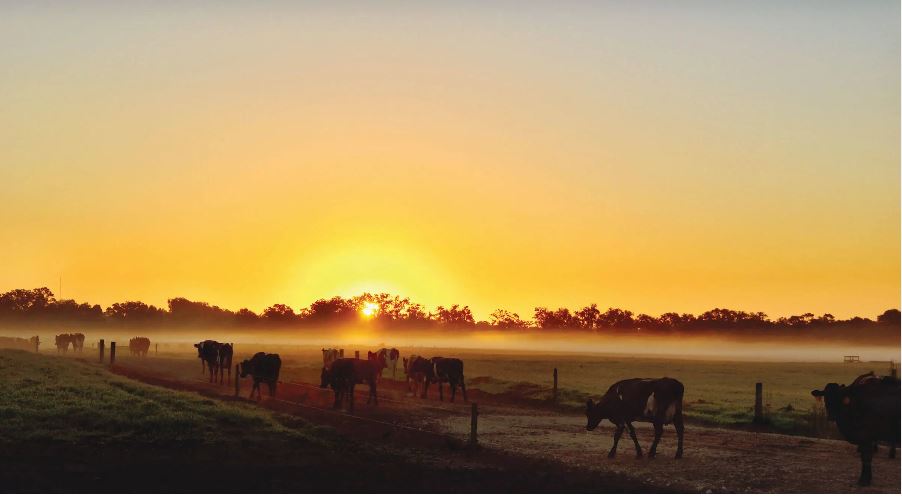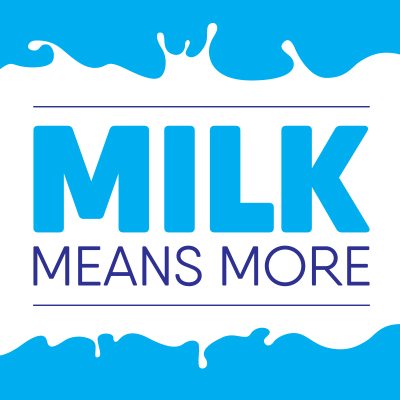How Dairy Farmers Are Reducing Methane And Greenhouse Gas Emissions

Editor’s Note: The full article was originally posted on usdairy.com
What Is Methane? How Do Cows Emit Methane?
Methane is emitted at dairy farms one of two ways. Enteric methane comes directly from the mouths of dairy animals. It is produced in the cow’s rumen through the digestion process. Think of it as a hearty burp after a good meal.
The second source is the manure that comes out of the back end of a cow. (No, it’s not cow farts.) Methane from manure can be generated under certain conditions, such as during storage before it can be further used for fertilizing crops. On many farms, the manure is stored in water and gas-tight vessels or lagoons that promote the production, capture and beneficial reuse of methane.
The world’s leading scientists tell us methane doesn’t have a very long lifespan compared to other greenhouse gases (GHG). It is a short-lived GHG that degrades in the atmosphere after about 10 years, a blink compared with carbon dioxide, which can linger for thousands of years.
But methane still is a potent cause of global warming, and dairy farmers want to continue to mitigate its impact while making use of a biogas with unlimited, energy-rich potential.
This is how anaerobic digesters for capturing methane come into play. These systems use bacteria to maximize manure breakdown in sealed vessels designed to keep out oxygen and capture the methane-rich biogas generated, and they are growing in use on dairy and other livestock operations.
Dairy’s Dedication to Sustainability
The U.S. dairy industry showed how committed it is to sustainability with the announcement of the 2050 Environmental Stewardship Goals, which address areas where dairy collectively can have the greatest impact, specifically:
- Achieve GHG neutrality
- Optimize water use while maximizing recycling
- Improve water quality by optimizing utilization of manure and nutrients.
Following this announcement, the U.S. Dairy Net Zero Initiative (NZI) was launched in 2020 led by six national dairy organizations to break down barriers to help all farms of varying sizes, designs and geographies reduce their environmental impact. The practices and technologies needed to reach the stewardship goals largely exist, but require further development, significant operational changes and advanced technical assistance. NZI supports U.S. dairy farms to implement new technologies, adopt economically viable practices and create new markets and products, presenting new revenue opportunities for the environmental assets they generate.

